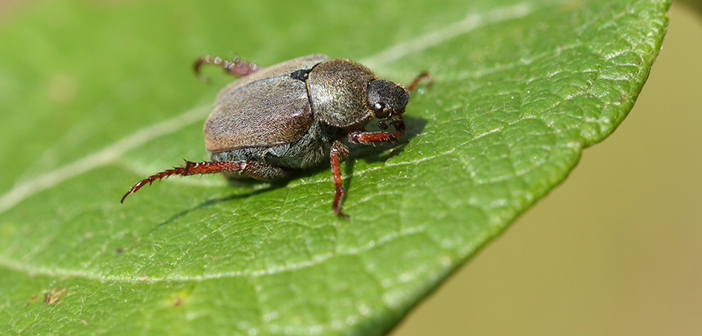International Pheromone Systems is looking for trial sites as part of its work to develop lures and traps to help monitor and control an insect pest that is menacing golf courses, race courses, amenity gardens and parks across much of the UK.
Dr Sam Jones, technical manager for IPS, said: “Garden Chafer beetles are turf pests and are most problematic in locations where turf must be kept pristine.
“While adults can cause some damage from feeding it is the grubs (larvae) that are the most damaging as they feed and develop on the roots of the grass. In certain locations populations of the Garden Chafer can proliferate.”
Dr Jones said that there has been an increasing demand for an environmentally friendly, biocontrol method of managing these pests particularly following the ban of some pesticides. “We estimate that a typical golf course would probably need 8-12 traps to efficiently monitor for these pests, dependent upon size, shape and planting.”
Monitoring provides early warning of a pest’s presence and identifies areas to be targeted, rather than treatments being applied to large regions where the beetle may not be present. Any trials would be expected to take place between May and July when the pests are usually most abundant.
Dr Jones added: “We don’t have a pheromone for either the Garden Chafer or the Welsh Chafer, so we currently use plant derived attractants which in the case of the Garden Chafer are floral odours.
“The hope is that our new lure formats will attract both species. This work will later be extended to the less damaging pests, the Rose Chafer and the Cockchafer.”


